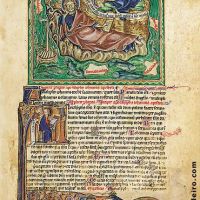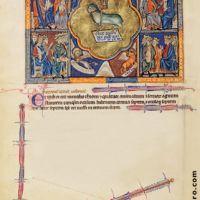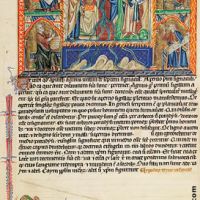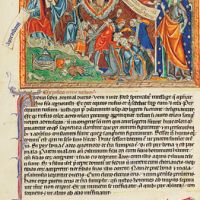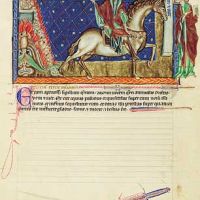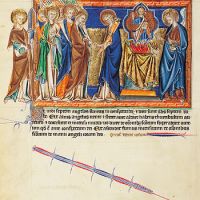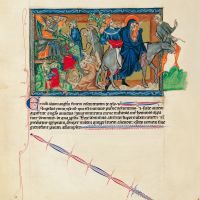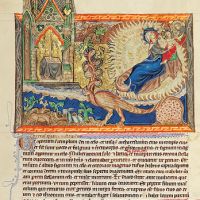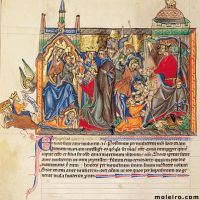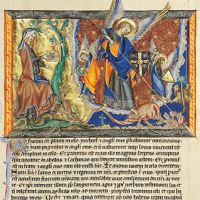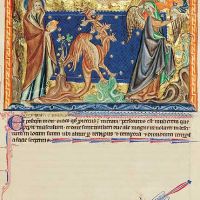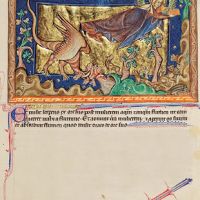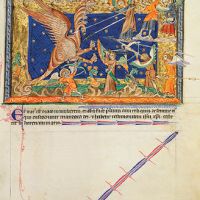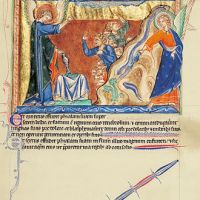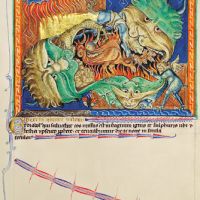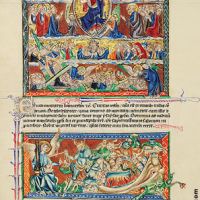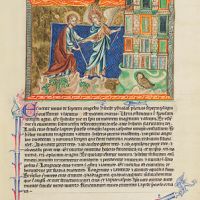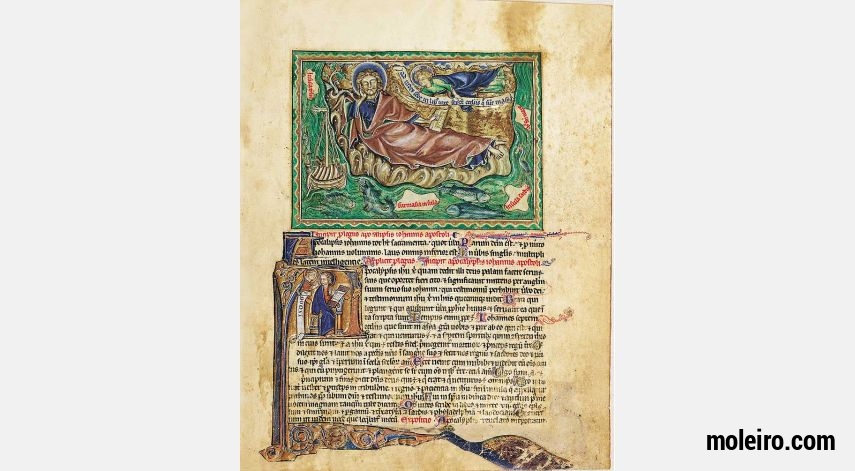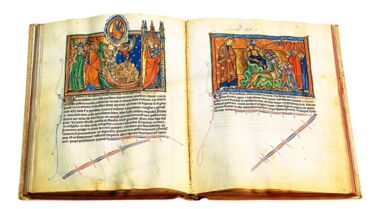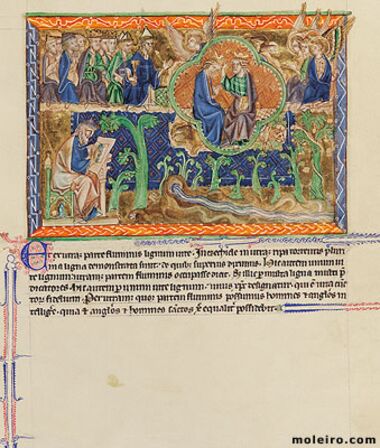Gulbenkian Apocalypse
Museu Fundação Calouste Gulbenkian, Lisbon.
Shelf mark: MS L.A. 139.
Date: England, c. 1265-70.
Size: 270 x 217 mm.
152 pages and 153 illuminations.
Bound in parchment.
Leather case.
Full-colour commentary volume (375 p.) by Emílio Rui Vilar (Chairman of Fundação Calouste Gulbenkian), Nigel Morgan (Honorary Professor of the History of Art, University of Cambridge), Suzanne Lewis (Professor emerita of History of Art at Stanford University), Aires Nascimento (Emeritus professor at the University o Lisbon) and Michelle P. Brown (Professor of Medieval Manuscript Studies at the School of Advanced Study, University of London).
Unique and unrepeatable first edition, strictly limited to 987 numbered and authenticated copies.
ISBN: 978-84-88526-80-9
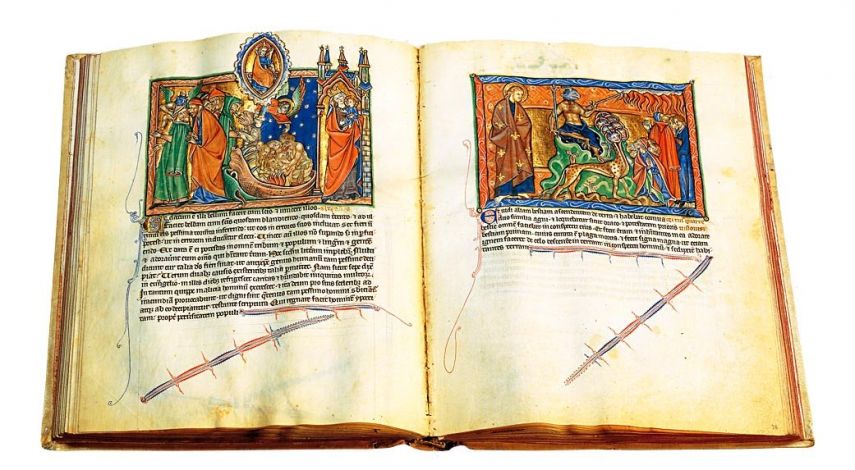
Shelf mark: MS L.A. 139.
Date: England, c. 1265-70.
Size: 270 x 217 mm.
152 pages and 153 illuminations.
Bound in parchment.
Leather case.
Full-colour commentary volume (375 p.) by Emílio Rui Vilar (Chairman of Fundação Calouste Gulbenkian), Nigel Morgan (Honorary Professor of the History of Art, University of Cambridge), Suzanne Lewis (Professor emerita of History of Art at Stanford University), Aires Nascimento (Emeritus professor at the University o Lisbon) and Michelle P. Brown (Professor of Medieval Manuscript Studies at the School of Advanced Study, University of London).
Unique and unrepeatable first edition, strictly limited to 987 numbered and authenticated copies.
ISBN: 978-84-88526-80-9

